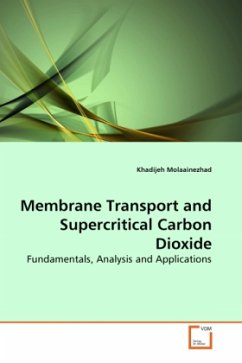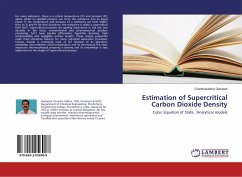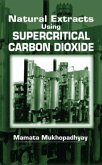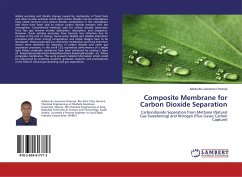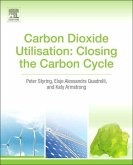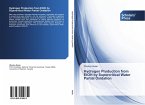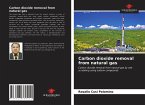Sustainable development is now accepted as a necessary goal for achieving economic and environmental objectives. The chemical industry is successful but traditionally success has come at a heavy cost to the environment. There is a need to substitute toxic solvents with non-toxic solvents, as well as to decrease the amount of waste. Emphasis is thus given to novel solvent systems (for example supercritical carbon dioxide). The advantages of using supercritical fluids are related to the absence of toxic residues and higher solvent power. Membrane technology and supercritical solvents are keys technology to achieve the objectives of sustainable (green) chemistry. These technologies have a strong focus on environmental cleanup and energy efficient chemical processes. This book summarizes the fundamental understanding of a combined membrane/supercritical separation process. Analysis and presentation of the permeation data provide information about the performance of this advanced separation process.
Bitte wählen Sie Ihr Anliegen aus.
Rechnungen
Retourenschein anfordern
Bestellstatus
Storno

